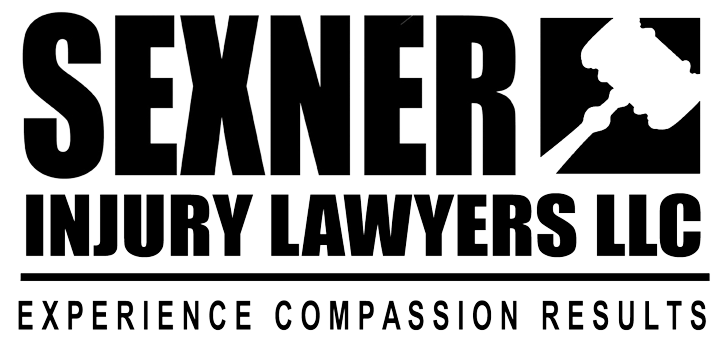Trip and Fall Workers' Compensation Case - $179,000 Settlement
Slipped On A Wet Curb Resulting In Injury To Back And Neck
While on the job, this client was performing his job duties when he slipped on a curb that was covered in wet leaves. He then fell backwards and landed on his neck and back suffering a severe injury that required extensive treatment. As this was an employment related injury, a claim was filed with the Illinois Workers' Compensation Commission resulting in a settlement for this injured worker in the amount of $179,000.
Diagnostic Tests for Back Injuries
Whether a person has injured their back on the job, in a car accident, or as a result of negligent conditions at another person’s home or company’s store, prompt medical attention is always a good idea. A person might go to a small clinic, a “doc in the box”, an emergency room or might schedule a quick appointment at their general practitioner.
But regardless of the destination, a medical professional will often need to perform diagnostic testing to truly determine the nature of the back injury. Small clinics and doctor’s offices may not have the ability to perform such tests onsite and may need to schedule testing at another location. Experienced professionals may be able to diagnose such injuries with further testing, but especially in instances of suspected severe spinal injury, it will be necessary to look beneath the skin for answers. The three most common such tests are X-ray, CT, and MRI.
Radiography (Bone X-Ray)
If it is suspected that a bone or vertebrae may have been fractured, dislocated or broken due to a fall or other accident involving the back or spine, an X-ray may be the first test done, at least partly because this test requires little to no preparation and results are quickly available. X-rays use a small amount of ionizing radiation to create pictures of such bones and are the oldest form of medical imaging, as well as the most frequently used. The most common applications for X-rays are to:
- Diagnose and detect bone cancer
- Diagnose joint dislocations and broken bones
- Find foreign objects in areas near or in bones
- Search for infection, abnormal bone growth, and injury
- Guide surgical repair during joint replacement or spinal fusion
- Check on proper alignment and installation after screws or plates installed
In order to perform an X-ray, a radiologist generally positions the person on a special table, place the X-ray film underneath the table and will likely cover the person with a lead apron to protect against radiation. The patient holds very still for this painless procedure and within 10 minutes, the completed film is ready (or in many cases, the X-ray is sent as a digital file that can be easily stored and transferred).
CT Scan (Computed Tomography)
When determining whether the spine has been injured, a CT scan is often used as a diagnostic test to help rule out or diagnose such damage to the back. In contrast to an X-ray, some preparation is typically needed for this test and the patient is usually required to refrain from drinking or eating for a period of time before the test, if the scan requires the use of contrast material which is usually taken as liquid about 12 hours before the procedure. Computed Tomography is usually used to:
- Look for congenital defects of the spine such as scoliosis
- Diagnose spinal fractures
- Evaluate the spine both after and before surgery
- Look for herniated disks or other causes of back pain
- Measure bone density in the spine
- Detect cancerous tumors existing in the vertebral column
MRI (Magnetic Resonance Imaging)
An MRI uses a computer and a magnetic field to create detailed pictures of the spinal column and tissues that surround it. These images are much more detailed and clear than other methods of imaging. The procedure will often require an injection of a contrast material to work properly. MRIs are usually used to:
- Assess reasons for back pain such as bone swelling or compression fractures
- Looking for infection or scarring after surgery
- Plan for a surgical procedure such as a spinal fusion or decompression of pinched nerve
- Diagnose disc, ligament or bone injuries of spinal cord after a fall or other injury
- Assess inflammation, compression, or infection of the spinal cord nerves
Doctors and other emergency room personnel have a wide array of medical technologies available to properly diagnose and treat back injuries. If you or a loved suffered an injury requiring medical attention, we may be able to help. Sexner Injury Lawyers LLC is available for a free consultation at (312) 243-9922.

